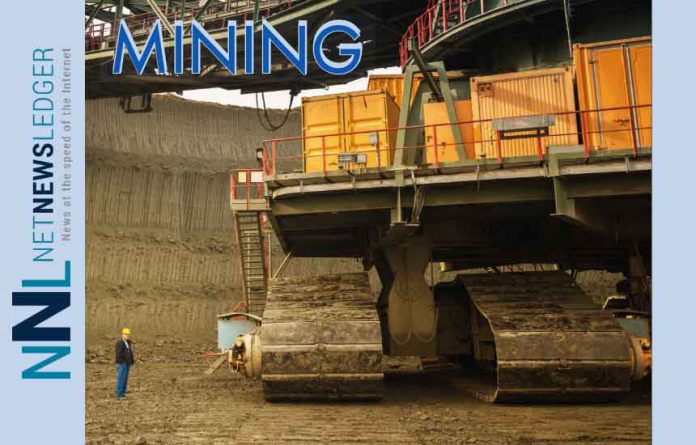Thunder Bay – MINING – Metallica Metals Corp. (CSE:MM) (OTC:MTALF) (FWB:SY7P) (the “Company” or “Metallica Metals”) is pleased to announce assay results from diamond drill hole STR21-004 on its Starr Gold-Silver Project (“Starr” or the “Project”) in the Thunder Bay Mining District of Ontario, Canada. The Project, which the Company has the right to earn up to a 100% interest from Benton Resources Inc., covers a large land position (5,991 ha) that includes several high-grade gold and silver occurrences within a 20 km long segment of the southwestern section of the Shebandowan Greenstone Belt (Figure 1).
Highlights:
- Hole STR21-004 was collared in the Starr Central Zone approximately 30 to 40 m east of drill holes STR21-001 to 003 (assay results reported on November 25, 2021). This drill hole was planned to test the continuation (to the east and at depth) of high-grade gold mineralization seen at surface in drill holes STR21-001 and STR21-003 as well as confirm historical results from more than three decades ago.
- Significant assay intercepts in STR21-004 include:
| 4.1 g/t Au over 14.2 m from 25 m downhole including 5.1 g/t Au over 11 m, 13.5 g/t Au over 3.6 m, and 25.2 g/t Au over 1.9 m |
- These assay results from drill hole STR21-004 further confirm the lateral and shallow depth extent of high-grade gold mineralization in the Starr Central Zone and validates nearby historical drilling results.
- Additional assay results are expected soon with 18 diamond drill holes already completed across the Starr Project. To date, 14 holes have been drilled at the Starr and Powell zones found in the central portion of the property, with another four holes completed 7 km northeast in a previously un-drilled area containing high-grade grab and soil samples at surface. Drilling is expected to continue until just prior to the Christmas Break and restart in early January.
Paul Ténière, CEO and Director of Metallica Metals commented, “These exciting assay results from hole STR21-004 continue to confirm the extent of gold mineralization in the Starr Central Zone and help to validate the historical drilling results in the area. Many of these new drill holes have been designed to infill the historical drilling and continue to increase our confidence in the geological model and will prove vital for future mineral resource estimation of the Starr Project.”

